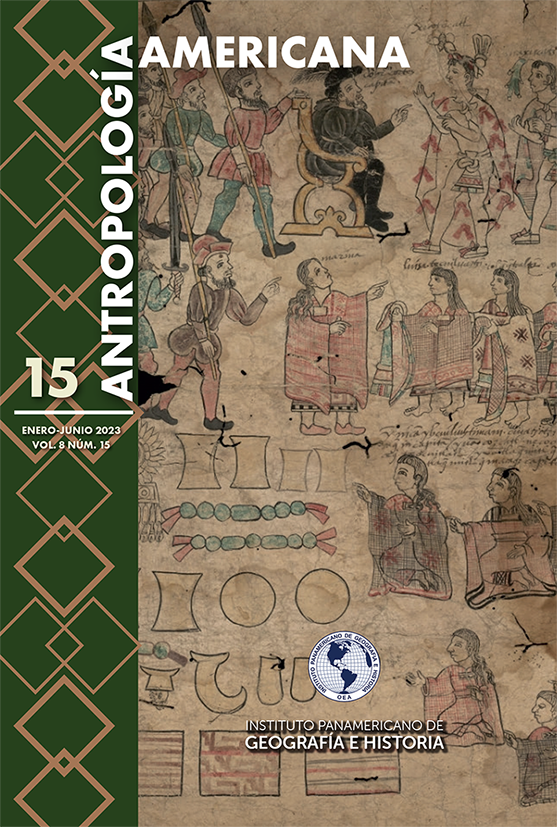The tarascan rivals of Tenochtitlan. A decade on the conquering route of Michoacan, to the north and northwest of Mesoamerica.
Main Article Content
Abstract
In the last stage of the Pre-Hispanic period, Tarascans and Mexicas were in war as a response to expansionist impulses of conquerors in western Mesoamerica. When the Spaniards arrived on the coast of Veracruz in 1519, Moctezuma II proposed an alliance with the Tarascans, that would allow them to face the invaders as unified allies and drive them off the mainland. This proposal was rejected by the Tarascans, based upon their distrust and animosity towards the Mexica power at that time. As a result of this, Mexicas and Tarascans experienced their own conquests; Tenochtitlan through the violent
confrontation of the armies and their allies in 1521, while Tzintzunzan and their political power uacusecha, through negotiation, deception and finally surrender. In this study of the aforementioned events which took place in the decade of fifteen hundred and twenty, as well as the so-called “process of the conquest of Michoacan” proposed by Benedict Warren, were both analyzed, and their unraveling was noted. In some aspects we are facing a parallel history that led to the conquest of Tenochtitlan, as well as bearing witness to the earliest form of the imposition of Spanish rule. This study illustrates the Spaniard’s greed and desire for precious metals, and their unfettered lust for acquiring new land, real or imaginary, in northwestern and northern Mesoamerica.
Downloads
Article Details
-
Abstract394
-
PDF (Español)399

